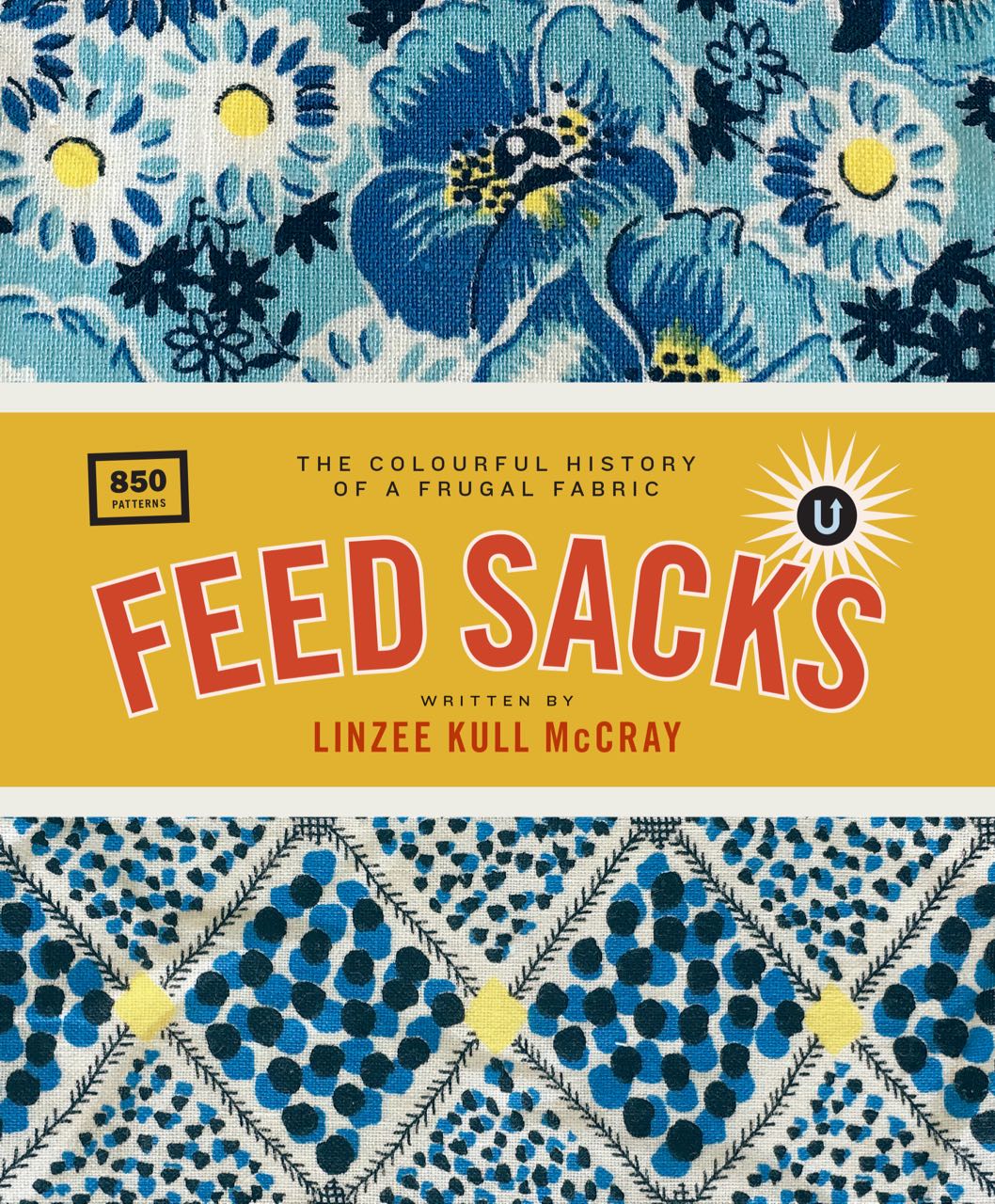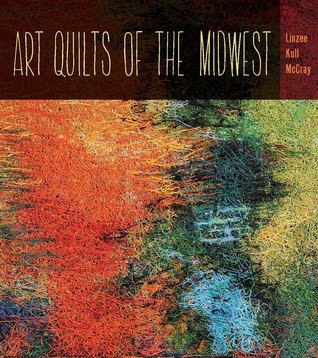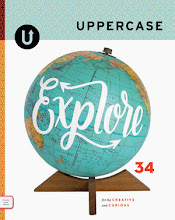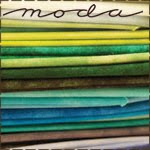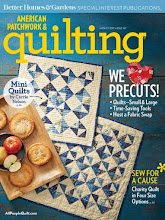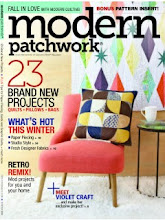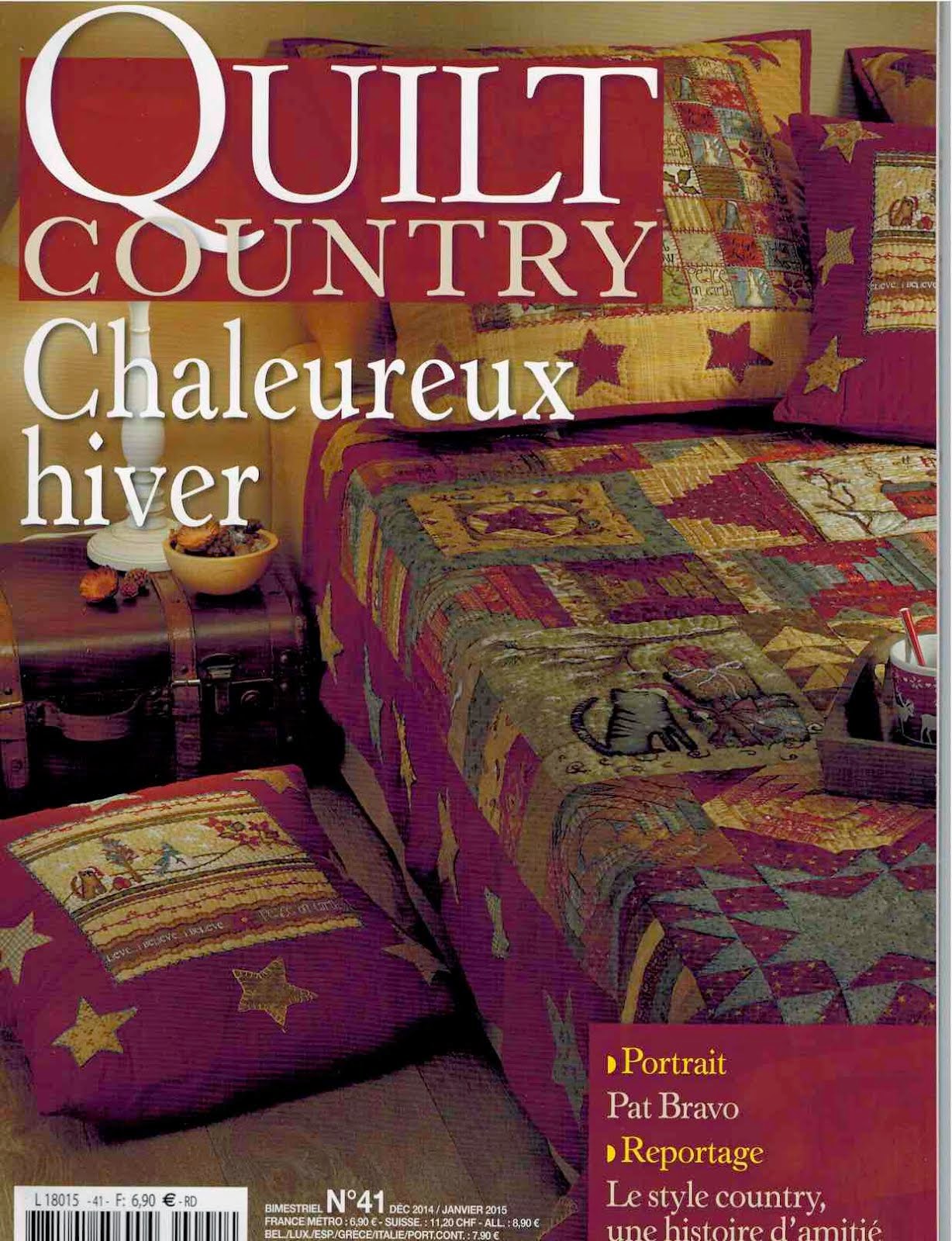One of my favorite things about the kind of writing I do is meeting new people and hearing their stories. It happens during the interview process, but I also hear fabulous stories from folks who come up to me after I give a talk, or who contact me because of something I've written.
The latter happened recently, when I got an email from Pamela Shadle Flores, who works at the University of North Texas (UNT). She's from a family of ranchers and farmers who lived in the Texas panhandle during the dust bowl and she'd always wondered whether the quilt she inherited (above) was sewn from feed sacks. Pamela learned about the feed sacks book from an interview I'd done in the with the UNT Libraries about using their Portal to Texas History in my research.
To her delight (and mine), she was able to match two fabrics in the quilt to those in the book. I asked if she'd send me photos and whether I could share them, and she agreed to both. It appears that many, if not all of the bow-ties are feed sack—they stand out so nicely against the solid fabrics.
I especially loved that she told me her husband and two teenagers were as excited as she was by the discovery. Teenagers are hard to impress! Thanks so much, Pamela, for sharing your story and these images.
The latter happened recently, when I got an email from Pamela Shadle Flores, who works at the University of North Texas (UNT). She's from a family of ranchers and farmers who lived in the Texas panhandle during the dust bowl and she'd always wondered whether the quilt she inherited (above) was sewn from feed sacks. Pamela learned about the feed sacks book from an interview I'd done in the with the UNT Libraries about using their Portal to Texas History in my research.
To her delight (and mine), she was able to match two fabrics in the quilt to those in the book. I asked if she'd send me photos and whether I could share them, and she agreed to both. It appears that many, if not all of the bow-ties are feed sack—they stand out so nicely against the solid fabrics.




